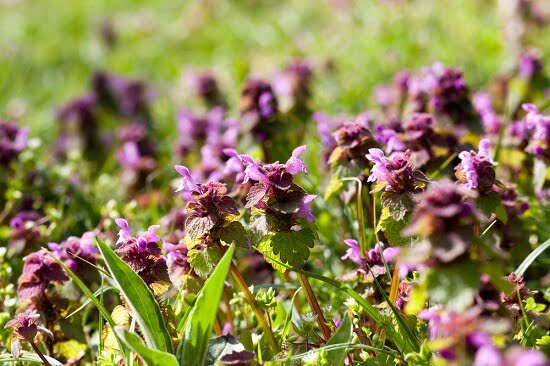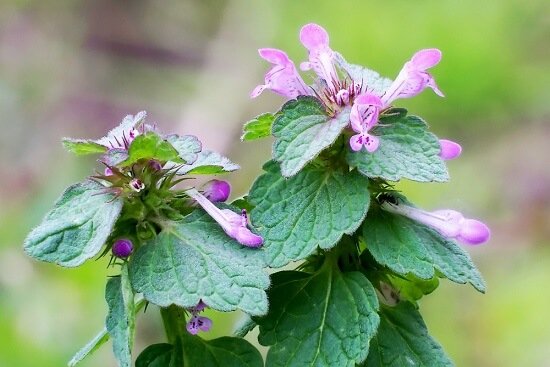purple deadnettle, Lamium purpureum, is a pesky weed that can be difficult to control. It often pops up in gardens and lawns and can be hard to get rid of once it takes hold. In this blog post, we will discuss how to control purple deadnettle using both chemical and non-chemical methods. We will also provide tips on how to prevent this weed from taking over your garden or lawn!
What Is Purple Deadnettle?
Purple deadnettle, Lamium purpureum, is a weed that can be found in both gardens and lawns. This weed often pops up in the spring and can be difficult to get rid of once it takes hold. purple deadnettle has purple flowers and produces small seeds that can spread easily.
How To Control Purple Deadnettle?
Deadnettle weeds are more difficult to eliminate than many other annual weeds since they typically produce seeds before the mowing season even starts. However, there are several ways to control purple deadnettle. You can use both chemical and non-chemical methods.
Non-Chemical Methods:
There are several non-chemical methods that can be used to control purple deadnettle. One method is to pull the weed by hand. Another method is to mulch around plants to help suppress purple deadnettle. Make sure to apply a good amount of mulch so it will prevent the sun from penetrating. Finally, if you are trying to eliminate this type of weed on your lawn, make sure to keep your grass as thick as possible, the first line of defense against any weed is a healthy lawn. The reason for this is that grass will easily dominate the weeds in terms of nutrition and growth area.

Chemical Methods:
Before you are using any chemical try to use a homemade weedkiller and see how it works. Make sure not to use them in areas where grass or other plants are present since it might kill them as well. Some of the homemade weedkillers include vinegar, dish soap, and salt. These ingredients work by smothering the weed or by causing it to dehydrate. The soap is used as a surfactant which helps the weedkiller to stick on the plant’s leaves and penetrate it.
There are a few different herbicides that can be used to control purple deadnettle. glyphosate is an herbicide that can be applied either by spraying or using a hose-end sprayer. Another herbicide that can be used is triclopyr. Triclopyr can be applied either by spraying or using a backpack sprayer.
If you’re using it on your lawn, metsulfuron or trifloxysulfuron-sodium are two post-emergence herbicides that may be used against purple deadnettle erupting in Bermuda grass or zoysia grass. For other types of grass, keep in mind that pre-emergence herbicides are considerably safer. Before the purple deadnettle starts to germinate, apply pre-emergence herbicides in the late fall or early winter.
Note: it will be the safest way to either consult your local professionals before trying it yourself or simply let them do it.
Tips For Preventing Purple Deadnettle:
There are a few tips that you can follow to help prevent purple deadnettle from taking over your garden or lawn.
- – Mulch around plants to help suppress purple deadnettle.
- – Pull the weed by hand or chop it down with a hoe.
- – Use an herbicide to control purple deadnettle.
- – Plant native plants in your garden to help reduce the number of weeds that grow there.
We hope this blog post has helped you learn more about purple deadnettle control.
Thanks For Reading!











